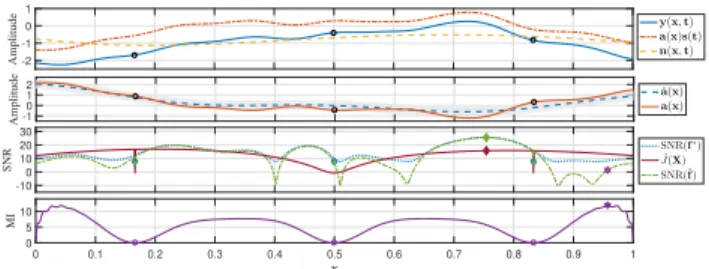Optimal sensor placement for signal extraction
Texte intégral
Figure

Documents relatifs
The problem stated in Section 2 involves solving the following two issues: a search strategy for a can- didate solution for the optimal sensor placement problem and the verification
The novelty is that binary integer linear programming is used in the optimization problem, leading to a formulation of the detectability and isolability specifications as
The sensor placement problem can be formulated as a BILP problem where the set of candidate sensors to be installed is represented by the optimization variable vector.. This means
The objective of this work is to develop an approach to place a given number of sensors, n, in a water distribution network in order to obtain a sensor configuration with a
The optimal sensor placement problem was solved for increasing number of ARRs (i.e., increasing sizes of the Full ARR Table and the Full Fault Signature Matrix were considered)..
Several lemmas and algorithms are used to develop a method for sensor placement that deals with practical spec- ifications: the set of constraints that must be diagnosable, the set
Optimal Sensor Placement for Leak Location in Water Distribution Networks Using Genetic Algorithms..
This problem involves solving the following two issues: a search strategy for a candidate solution to the optimal sensor placement problem, and the verification of the fault